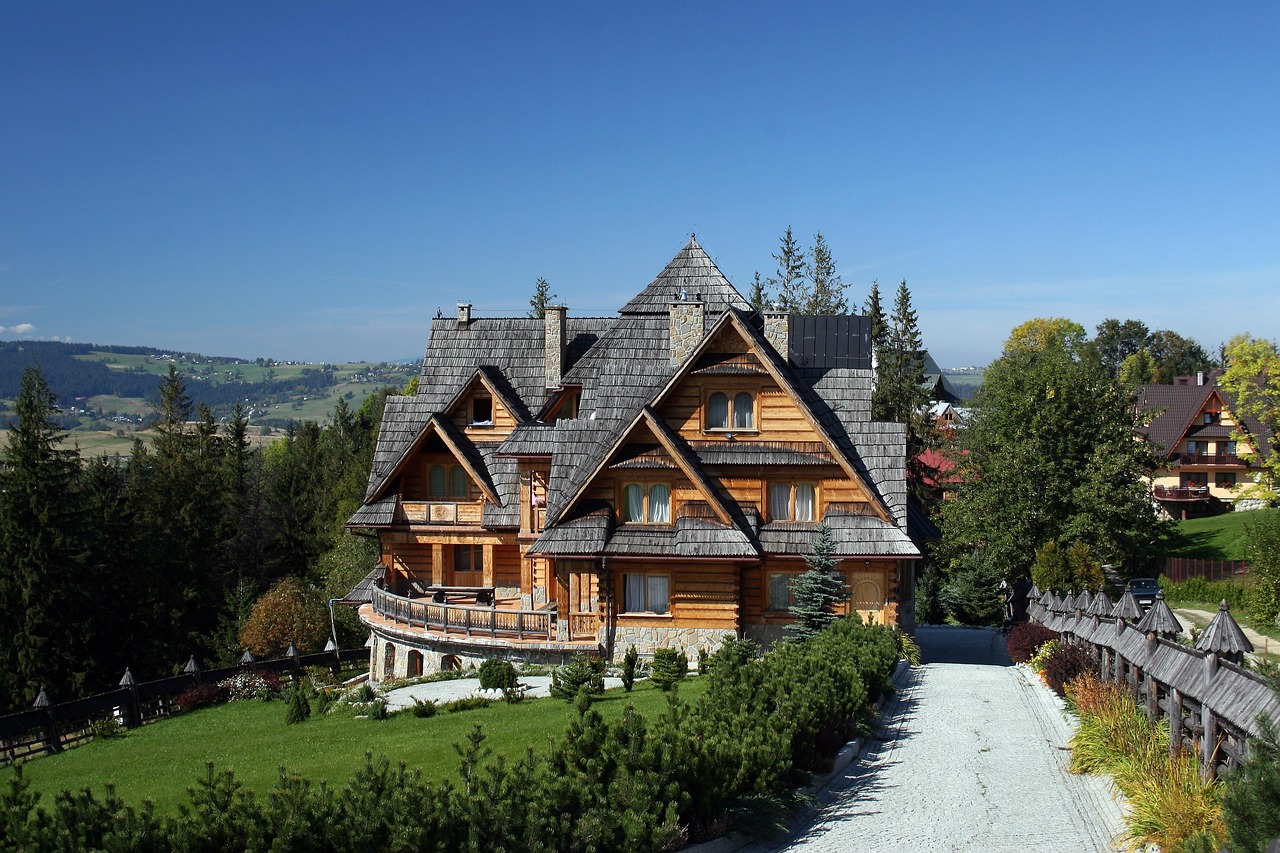Okay, so – first thing – nobody really talks about this. Not really. I mean, you could search the phrase “roof mosaic shingle microclimates” and yeah, maybe you’ll find one dusty PDF from a regional architecture conference in 1998 or some grad student’s half-finished thesis that sounds more like a rain-soaked riddle than usable info. But out in the real world? Contractors aren’t debating it over coffee. Homeowners sure aren’t either. And that’s… kinda weird. Because it matters. Like, way more than folks think.
The Roof Ain’t Flat, And That’s Not Just Geometry
Let’s start with the layout part – those shingles? They’re not just for stopping leaks and making your house look like it didn’t give up in the ’70s. The way they’re arranged—angled, staggered, overlapping, hell even discolored – they all tweak how your roof interacts with the teeny-tiny weather patterns living up there.
Yes, your roof has weather. Micro-weather, sure. But it’s there. It’s like… a squirrel-sized ecosystem dancing on your shingles, only instead of rainforests and giraffes, it’s radiative heat, wind eddies, moisture pockets. And squirrels. Probably squirrels.
But when shingles are placed with mosaic patterns – especially irregular ones, not the factory-perfect grids you see in some new builds – they break up surface uniformity. That’s not just pretty. That does stuff. Like, actual physical things to heat retention and airflow.
Once I saw a roof in El Paso – guy had hand-cut his shingles into almost puzzle-like hexagons. Looked like honeycomb from across the street. But what struck me was how damn cool it stayed under direct sun. You’d touch one spot, warm. Right next to it? Nearly cold. Shade trickery? Maybe. Or air turbulence from the layout. Point is – it wasn’t random.
The present article reveals the findings of a study on the effect of roof tile colour on heat conduction transfer through roof tiles and ceiling boards. For areas exposed to large amounts of solar radiation, the portion of solar radiation reflected by the exterior features of a construction extensively impacts the total heat gain or loss of the building
https://www.mdpi.com/2071-1050/13/9/4665
Light Bounces Weird When the Shingles Ain’t Boring
You know those shingle layouts that sorta look like patchwork quilts from a distracted grandma? The ones where it’s like brown, then gray, then a weird red that makes you question if it’s mold or a fashion choice? Turns out – those random tones aren’t just visual noise. They mess with sunlight in a way flat, boring uniformity doesn’t.
Why? Because light hates uniformity. Well, okay – not hates – but it behaves differently. Light that hits a monochrome roof kinda just… absorbs or reflects predictably. But slap some texture, color chaos, and slightly-off angles? You get scatter. Not just light scatter, but heat scatter. Your roof doesn’t turn into a toaster oven the same way.
Some guy in Sacramento once told me, completely unprompted, “I got that mosaic crap on my roof ‘cause I’m cheap. But my attic’s cooler now.” He thought it was a fluke. It wasn’t.
Cool roofing shingles are engineered to have higher solar reflectance and thermal emittance properties that may help lower household energy consumption by keeping the roof cooler and may also help decrease CO2 emissions. Shingles with a higher solar reflectance allow less heat to transfer into a home, thus reducing the need for air conditioning and, as a result, lowering energy bills
https://www.owenscorning.com/en-us/roofing/blog/cool-roofing-shingles
Air Moves Like a Drunk Bee When the Shingles Break the Pattern
Alright, here’s where it gets wonky.
Air doesn’t move in neat lines. You think wind glides across a rooftop like butter on toast? Nah. It stumbles, it swirls, it gets confused. Especially when the surface isn’t smooth. Those mosaic layouts? The uneven shingle overlaps, the odd lips and shadow lines – they all give air friction. Not bad friction. Helpful friction.
It slows down wind in some places and speeds it up in others. That creates – don’t roll your eyes—mini vortices. Think of ’em like microscopic whirlwinds. Some spin hot air off, others suck cooler air in under the shingles. That changes attic temps. Humidity too. I mean, it’s not an HVAC system, but it’s not nothing.
One old roofer I met – Rick, maybe? Could’ve been Ron – he swore by “ugly roofs.” Said, “You get them clean, flat layouts from catalogs, and the roof sweats. Give it bumps and color and you got airflow, buddy.” He also believed raccoons could read minds, so take it with salt.
A cool roof is designed to reflect more sunlight than a conventional roof, absorbing less solar energy. This lowers the temperature of the building and can also help reduce urban heat island effects — the phenomenon where urban regions are warmer than their rural surroundings
https://www.energy.gov/energysaver/cool-roofs
Moisture Hangs Out Longer Than You Think
Now here’s the part nobody wants to talk about – wetness. You got condensation, you got dew, and you got that weird invisible damp that just sits. If you got a roof with uniform shingles, moisture rolls off like a marble on glass. Mostly. But mosaic layouts? They got pockets. Little dips. Textures. Ridges.
That slows down drying. Not always bad, but sometimes, if you’re in a humid place? It means moss moves in. Or lichen. And suddenly your roof’s hosting a very chill fungus rave. That’s a micro‑climate too, by the way. You might not want it, but you created it. Congrats.
Then again – some climates? That little bit of extra damp? Keeps the roof from cracking in peak heat. That happened to my uncle’s cabin in Arizona. His weird roof—looked like someone threw a handful of Skittles on tar paper—always had some moisture left from morning dew. Rest of the roofs in that stretch? Dry as bones and peeling like bad sunburns. Go figure.
Solar Panels Hate These Layouts (But Maybe That’s the Point)
I gotta throw this one in: solar panels prefer clean lines. They like surfaces that don’t mess with heat signatures or airflow too much. So when you slap panels on mosaic roofs, sometimes it gets weird. Output drops a smidge. Wiring runs funky. I’ve seen techs get all flustered over it, grumbling about “surface irregularity.”
But maybe that’s… fine? I mean, not everyone’s trying to live in a battery-powered utopia. Some folks just want a roof that doesn’t roast the upstairs or trap mold behind the fascia boards. And if the cost is a slightly annoyed solar contractor? Eh.
It’s Not About Aesthetics (Except When It Is)
This is the messy part. People often think these layouts are just decorative. Homeowners pick ‘em ‘cause “it looks less boring” or “has character.” Architects? They sometimes add it in like seasoning – just a pinch to spice up an otherwise meh elevation.
But function piggybacks on form here. Whether the intent was art or accident, the result’s the same: tiny changes in how heat, moisture, and air do their thing. And no two roofs behave the same way because of it.
I once saw a roof in Vermont where the layout created a cold spot. Literally one side always had icicles. The other? Dry. Local kids used it to tell the temperature. If the north side dripped, they brought gloves. That’s micro‑climate, baby.
Final-ish Thoughts, If You Can Call ‘Em That
So… yeah. Roof mosaic layouts? Not just pretty shingles on steroids. They bend micro‑climate physics in small but real ways. Heat, moisture, air – all of it gets just a little more chaotic. Not bad-chaotic. Not always. Just different. And honestly, maybe that’s all you need. A roof that doesn’t behave like everyone else’s.
I don’t have a neat wrap-up here. This ain’t a TED talk or whatever. But next time you see a roof that looks like it’s wearing camouflage – or like a toddler picked out the colors – don’t roll your eyes. It might be smarter than it looks. Or maybe it’s just lucky. Either way, it’s doing something. Quietly. Up there in the wind.


Be First to Comment